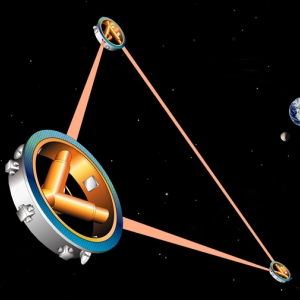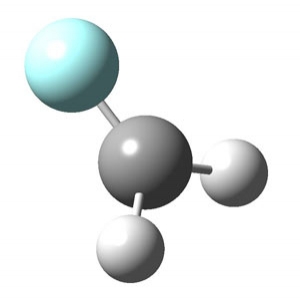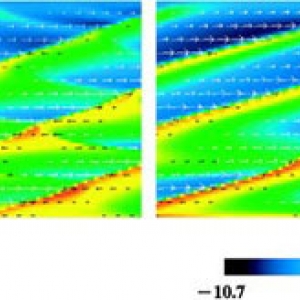Research Highlights
Displaying 461 - 480 of 506
Chemical Physics
Bull's Eye!
PI(s):
David Nesbitt
Precision Measurement
Wanted: Gravitational Waves
PI(s):
Peter Bender
Chemical Physics
Spectral Shapes
PI(s):
David Nesbitt
Chemical Physics
Trapped!
PI(s):
W. Carl Lineberger
Laser Physics
Magic Light
PI(s):
Jun Ye
Biophysics | Nanoscience
Gold Fever
PI(s):
Thomas Perkins
Atomic & Molecular Physics | Nanoscience
Constant Vigilance
PI(s):
Heather Lewandowski
Atomic & Molecular Physics
Partnership in Time
PI(s):
Jun Ye
Astrophysics
Bubbling Clusters of Galaxies
PI(s):
Mitch Begelman
Atomic & Molecular Physics
Flashdance!
PI(s):
Chris Greene
Astrophysics
As the Sun Turns
PI(s):
Juri Toomre
Biophysics | Chemical Physics
Heme Motions
PI(s):
Ralph Jimenez
Laser Physics
Molecular Fingerprinting
PI(s):
Jun Ye
Astrophysics
Flare Up!
PI(s):
Phil Armitage | Rosalba Perna
Atomic & Molecular Physics
Body of Evidence
PI(s):
Chris Greene
Astrophysics
Bubble Shock Trains
PI(s):
Mitch Begelman
Atomic & Molecular Physics | Nanoscience
Charting the Fermi Sea
PI(s):
Deborah Jin
Atomic & Molecular Physics
Cracking the Collision Code
PI(s):
John Bohn
Astrophysics
Cool Star Winds
PI(s):
Jeffrey Linsky
Chemical Physics
Designer Rings
PI(s):
W. Carl Lineberger























